
Art is I; science is we.
Claude Bernard
Contents
List of Illustrations
Introduction
In the course of putting this anthology together I kept being reminded of a T-shirt slogan that was popular in the mid-1970s. 








 , it read:
, it read: 







 . I still recall the troubling sensation of knowing, aged about twelve or thirteen, that the joke was probably funny, but not understanding why. I hadnt the faintest idea what it meant, but I remember liking the way that it looked and sounded, like a coded message from some unfamiliar world in which words and numbers had different applications to those in everyday life. And not only was the computer-card script exciting in itself, but the strange word binary sounded a lot like bionic, the coolest word in the English language, as far as I was concerned. So it didnt really matter that I didnt get the joke the not knowing was part of the appeal.
. I still recall the troubling sensation of knowing, aged about twelve or thirteen, that the joke was probably funny, but not understanding why. I hadnt the faintest idea what it meant, but I remember liking the way that it looked and sounded, like a coded message from some unfamiliar world in which words and numbers had different applications to those in everyday life. And not only was the computer-card script exciting in itself, but the strange word binary sounded a lot like bionic, the coolest word in the English language, as far as I was concerned. So it didnt really matter that I didnt get the joke the not knowing was part of the appeal.
A year or so later, when the binary system came up on the school mathematics curriculum, the penny finally dropped: 10 in binary was 2 in decimal! There are only types of people in the world..., the joke being predicated on whether or not you could translate the 10, which of course you could do only if you were the type who understood binary: QED! Though it was hardly the greatest one-liner in history, it had a powerful impact on my adolescent mind, for I can clearly remember the complex pleasure of finally understanding something that I had assumed would always be beyond me. Solving the message had not diminished the appeal of its curious geeky poetry, in fact quite the reverse; for though there was a certain kind of pleasure to be had in not understanding the code and this was true of the actual poetry we were also required to study there was more and better pleasure to be had in grasping its hidden meaning.
It soon became apparent, however, that mathematics wasnt for me binary notation was about as far as my not-very-numerate brain could go but in common with the majority of the unmathematically inclined, Im a little in awe of its mysterious authority. E = mc , for example, has a poetic resonance quite distinct from whatever explanatory content it might have, and for every person who understands it, who is at ease with its finely tuned symbolic language, there must be hundreds who can recite it, who could even write it down correctly, without having a clue what it means. And thats just the easy stuff: how many visitors to Scientists Corner in the nave of Westminster Abbey can make head or tail of the inscription carved into Paul Diracs Everyone else, myself included, irrespective of how well educated we might be, goes through life more or less completely disconnected from the world of such recondite ideas. As C. P. Snow observed more than half a century ago, in the course of his famous Two Cultures essay, the great edifice of modern physics goes up, and the majority of the cleverest people in the western world have about as much insight into it as their neolithic ancestors would have had.
True enough, but does it matter? So what if Diracs equation can only be appreciated by a few hundred physicists and mathematicians: the rest of us seem to get along perfectly well without it, unencumbered by the brain-aching mathematical training that would be the price of possessing such knowledge. In the same way that very few people can read ancient Aramaic, or have ever made it all the way through to the end of Finnegans Wake , the constituency for difficult mathematical ideas is bound to be selectively small. Yet the comparison is not quite right, for the inability to read an ancient language or an experimental novel rarely leads to a blanket rejection of all other languages or all other literature apart from the really challenging stuff whereas there is a tendency among non-scientists to characterize the whole of Western science as uniformly reductive and difficult, as though all of it was as offputting and apparently inhuman as Diracs unpronounceable i  = m
= m  .
.
This outlook has a long history, as a number of pieces in this anthology attest. D. H. Lawrence, for example, writing in the late 1920s, just as Dirac was completing his equation, argued that the cold, rational, scientific view of the world was incompatible with the religious and poetical embrace of Life with a capital l. The Universe is dead for us, and how is it to come alive again? he asked, now that knowledge has killed the sun, making it a ball of gas, with spots (see objections to the rise of Newtonian mechanics Art is the Tree of Life. Science is the Tree of Death, he wrote, in a Romantic refashioning of an ancient anti-science theology that is still in the air today, though these days it tends towards more secular frames of reference: I dont get on with scientists because Im not on the autistic spectrum, as one of my colleagues once said to me, not entirely facetiously, to which I wish Id had the wit to reply that if its a spectrum , sunshine, then everybodys on it.
But this is the point at which the cultural disengagement from science does begin to matter: the point at which it shades into hostility. In fact, over the past few decades, as John Carey pointed out in his introduction to The Faber Book of Science (a ground-breaking anthology that appeared in 1995), ignorance of science has acquired a degree of political correctness, in the light of which scientists find themselves accused of being, at best, unimaginative, unemotional and laughably precise, and at worst, power-hungry, inhumane and oblivious to danger the familiar caricature popularized by Mary Shelleys Frankenstein (1818), and which has haunted the cultural landscape ever since.
One of the aims of this collection is to prove such accusations to be groundless. Science, however one might want to define it, is first and foremost a product of the human imagination; it is a cultural endeavour like any other, albeit one with certain unique procedures and conventions that have built up around it over time. Take those conventions out of the frame, and the whole of science is nothing more than a refinement of everyday thinking, as Albert Einstein described it in 1936, and his abiding belief that even the most esoteric idea can be explained in ordinary language to anyone has been a guiding principle of this book. Einsteins own technical writings were, of course, impenetrable to most non-physicists, but in popular works such as The Evolution of Physics (an extract from which appears on pp. 3425), he ensured that his and others theoretical achievements became known around the world through an insightful mix of imagery and expression that had a shaping influence on the public understanding of science. I can, for example, think of no better introduction to the light wave/particle conundrum that so vexed early twentieth-century physics than Einsteins laconic advice to his readers that it will be helpful in understanding the phenomena which we are about to describe, to bear in mind the difference between sea waves and a shower of bullets. Such a simple image with which to communicate such a dauntingly complex idea: that is the essence of effective science writing, of which there are many other examples gathered in this book, such as Lucretiuss dust-motes dancing in a sunlit room, offered up as an image of atomic motion ).
Next page
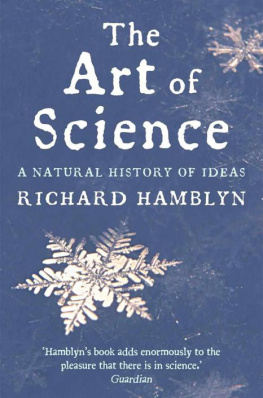
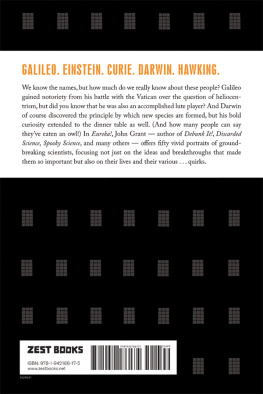




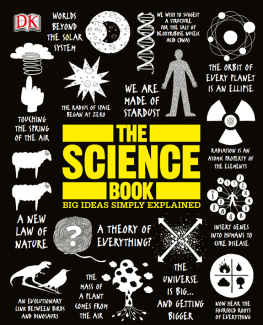
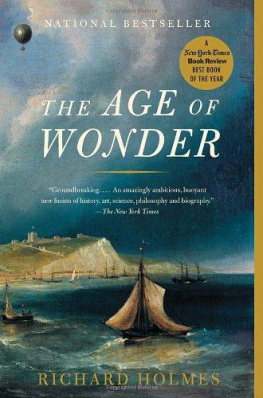
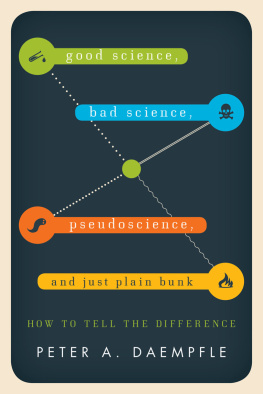
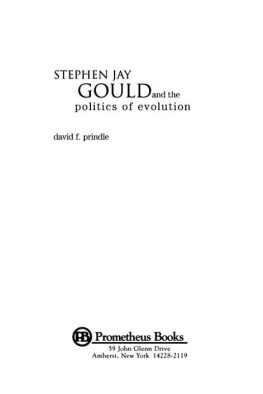










 , it read:
, it read: 




 . I still recall the troubling sensation of knowing, aged about twelve or thirteen, that the joke was probably funny, but not understanding why. I hadnt the faintest idea what it meant, but I remember liking the way that it looked and sounded, like a coded message from some unfamiliar world in which words and numbers had different applications to those in everyday life. And not only was the computer-card script exciting in itself, but the strange word binary sounded a lot like bionic, the coolest word in the English language, as far as I was concerned. So it didnt really matter that I didnt get the joke the not knowing was part of the appeal.
. I still recall the troubling sensation of knowing, aged about twelve or thirteen, that the joke was probably funny, but not understanding why. I hadnt the faintest idea what it meant, but I remember liking the way that it looked and sounded, like a coded message from some unfamiliar world in which words and numbers had different applications to those in everyday life. And not only was the computer-card script exciting in itself, but the strange word binary sounded a lot like bionic, the coolest word in the English language, as far as I was concerned. So it didnt really matter that I didnt get the joke the not knowing was part of the appeal. = m
= m  .
.